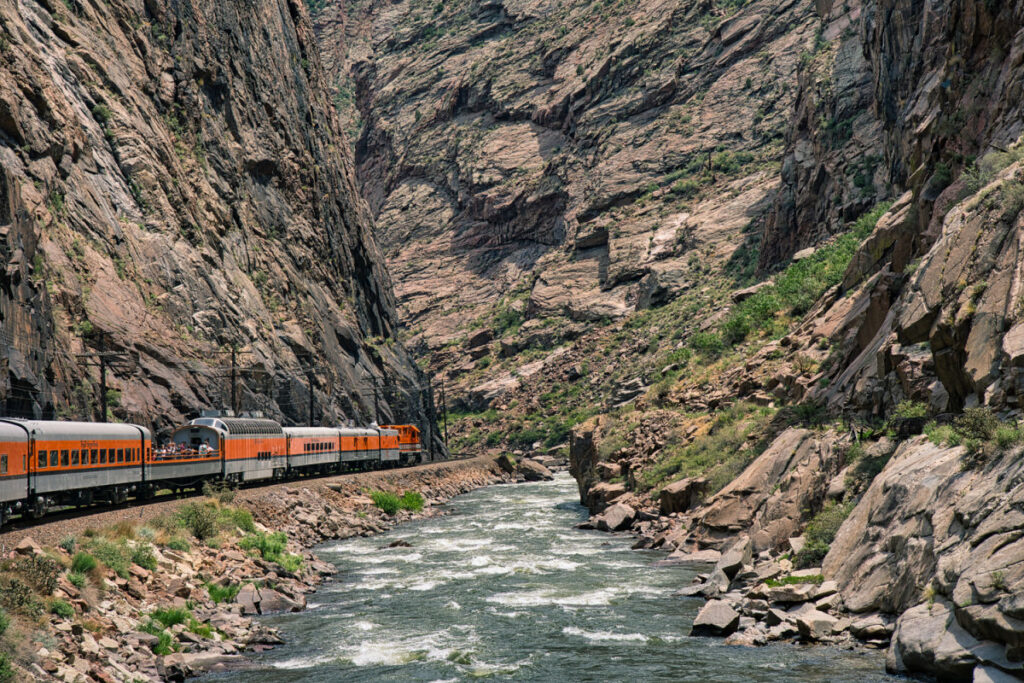I-70 is synonymous with ski traffic.
Just this winter the mountain corridor has closed more than 200 times between Georgetown and Glenwood Springs, often for hours, occasionally with no warning.
Margaret Bowes, outgoing executive director for the I-70 Coalition, has spent 18 years with the non-profit trying to solve the ski-traffic conundrum. Almost daily she gets one question: Why does I-70 close so much?
“It’s just sheer numbers,” Bowes tells Krystal 93 news director Phil Lindeman. “We have essentially the same footprint of interstate with a whole lot more cars that are designed to drive a whole lot faster, and that potentially leads to more crashes and closures.”
By now most of I-70 through ski country is five decades old, which brings up another question: Why haven’t we fixed it yet?
“It’s too many cars on a highway that’s constrained by geography,” Bowes says. “If you think of Clear Creek County, there’s a rock wall on one side of I-70 and Clear Creek on the other. We can only expand I-70 so much, and there’s population growth predicted on the front range. The number of cars isn’t expected to decrease.”
For years though, powder hounds have dreamed of high-speed rail connecting the Front Range to the ski slopes. Why is it still just a dream?
“We have studies that say a high-speed system between Denver and the mountains is technically feasible,” she says. “But boy, the price tag is huge. The question isn’t, ‘Is it feasible,’ it’s ‘How do we pay for it?’ That’s something we don’t have the answer for yet.”
Estimates from 2013 are in the billions of dollars. And besides, Bowes says, rail alone won’t solve I-70.
“To meet the needs of the I-70 mountain corridor through 2050, we need both a six-lane interstate and a high-speed transit system,” she says. “It’s not just one or the other.”
Instead of rail, transportation experts are tackling I-70 congestion from every other angle.

New mountain express lanes are moving traffic better on busy weekends, while generating toll money for High Country improvements. CDOT is running 15 roundtrips daily through Bustang and other public transit. Two of the largest Federal grants in Colorado history or rebuilding critical pinch points at Vail Pass and Floyd Hill, more over $1 billion combined.
Rail isn’t completely scrapped. 9News confirms the state recently penned a deal with Union Pacific for passenger rail on existing line between Denver, Winter Park, Steamboat Springs and Craig.

